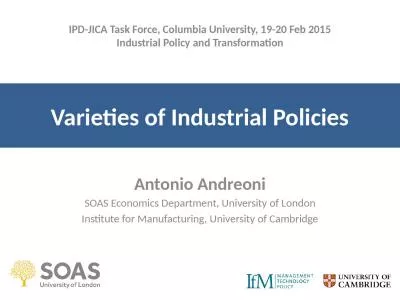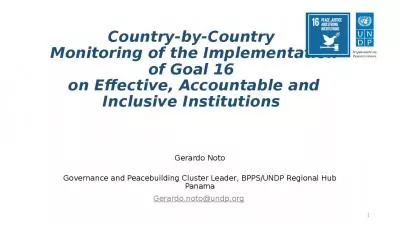PPT-Institutions, Policies, & Cross-Country Differences in
Author : conchita-marotz | Published Date : 2017-07-27
How Large are Income Differences Across Countries Measuring CrossCountry Differences in Income Countries use different currencies Thus the purchasing power o
Presentation Embed Code
Download Presentation
Download Presentation The PPT/PDF document "Institutions, Policies, & Cross-Coun..." is the property of its rightful owner. Permission is granted to download and print the materials on this website for personal, non-commercial use only, and to display it on your personal computer provided you do not modify the materials and that you retain all copyright notices contained in the materials. By downloading content from our website, you accept the terms of this agreement.
Institutions, Policies, & Cross-Country Differences in: Transcript
Download Rules Of Document
"Institutions, Policies, & Cross-Country Differences in"The content belongs to its owner. You may download and print it for personal use, without modification, and keep all copyright notices. By downloading, you agree to these terms.
Related Documents

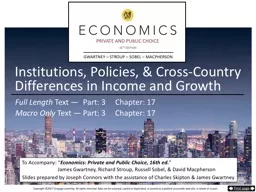
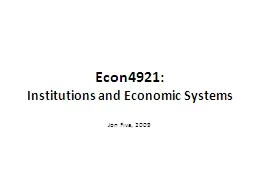
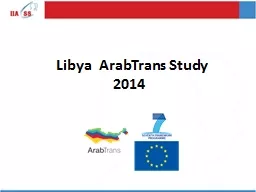

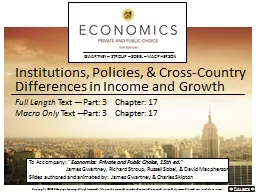
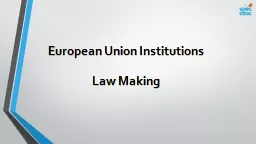





![[DOWNLOAD] - American Government, Essentials Edition: Institutions and Policies](https://thumbs.docslides.com/901072/download-american-government-essentials-edition-institutions-and-policies.jpg)
